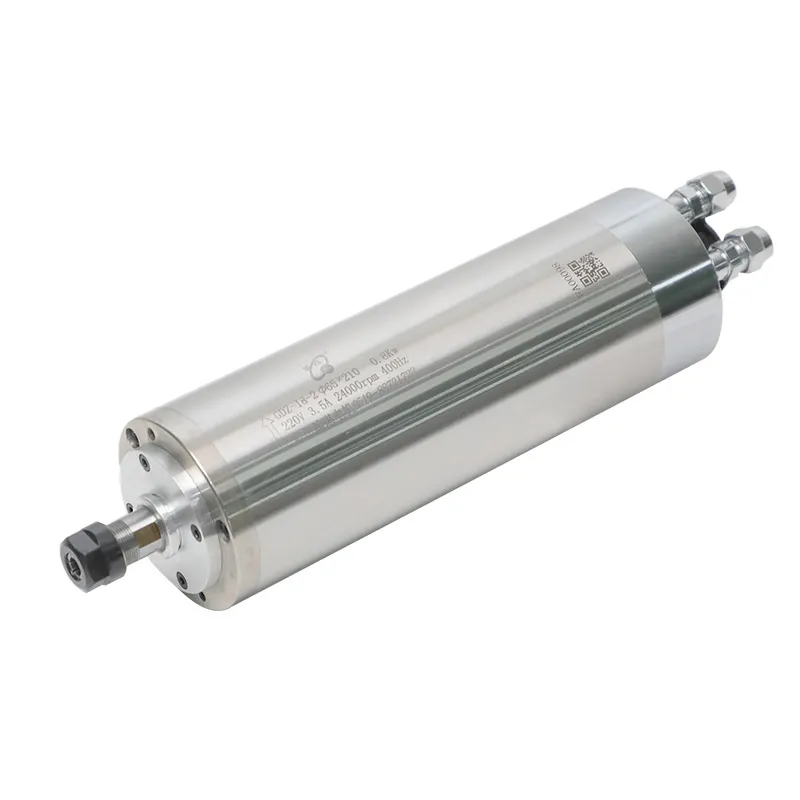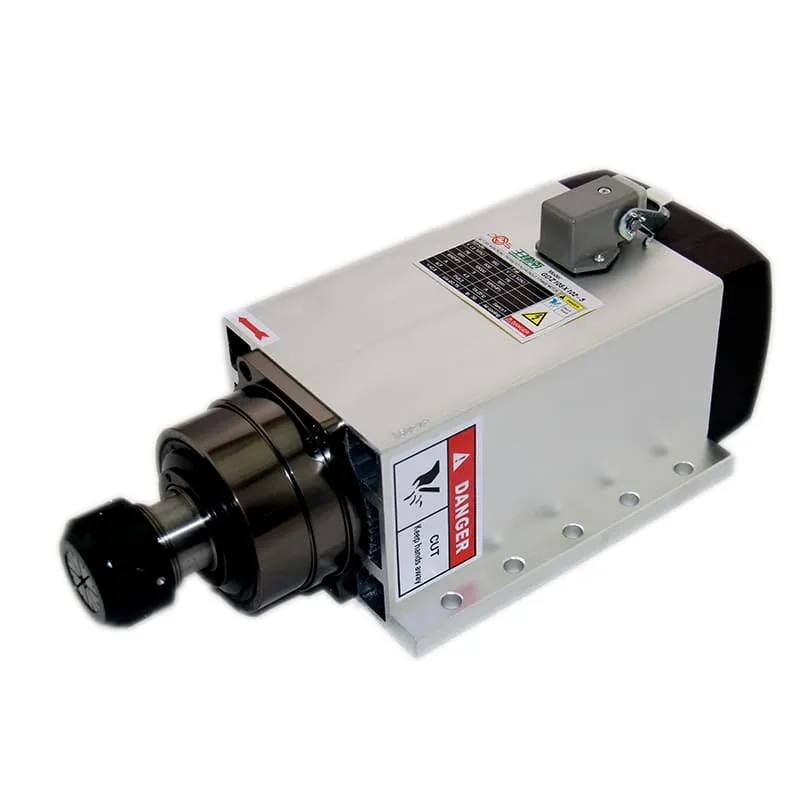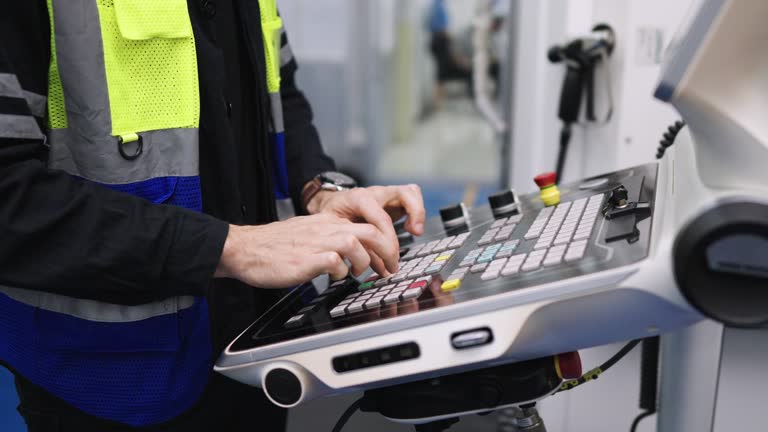CNC milling has become a foundational aspect of modern manufacturing. It offers unmatched precision, efficiency, and repeatability, which are crucial for producing quality components across various industries. Whether you are a beginner or an experienced machinist wanting to hone your skills, learning how to program a CNC mill effectively is critical. This guide will explore different programming methods, tools, and practical tips to get you started. Let’s dive in!
Understanding CNC Milling: An Overview
CNC milling involves the use of Computer Numerical Control (CNC) technology to automate machine tools like mills for cutting, drilling, and shaping materials. The goal of CNC milling is to achieve a high level of accuracy and consistency, which is achieved by using G-code, the language of CNC machines.
What is CNC Programming?
CNC programming refers to writing instructions for a computer to control the movements of a milling machine. These instructions determine how the tool moves, its speed, and the depth of cuts. Essentially, CNC programming enables you to translate a design from a CAD model into physical reality.
There are different types of CNC programming:
- Manual Programming: Involves manually writing G-code for the CNC machine. This is usually the most precise but can be time-consuming.
- Conversational Programming: Allows the operator to program directly at the machine using a simplified interface. It’s faster but offers less precision.
- CAM Software: CAD models are translated into G-code using CAM software such as Fusion 360 or Mastercam.
To power CNC milling machines, it is crucial to use a reliable spindle motor. High-quality options like the 24000RPM 0.8KW ER11 Water-Cooled Spindle help ensure the precision and efficiency of operations. 
The Basics of G-Code Programming
G-code is the language that CNC machines understand. It is a series of instructions that tell the machine where to move, how fast to move, and how deep to cut.
Common G-Code Commands
- G00: Rapid positioning – used to move the machine quickly without cutting.
- G01: Linear interpolation – commands the machine to move in a straight line while cutting.
- G02/G03: Circular interpolation – instructs the machine to move in a circular arc.
- M03: Spindle start (clockwise).
- M05: Spindle stop.
For beginners, understanding and mastering these basic G-code commands is essential. A solid grasp of G-code helps you understand the intricacies of CNC milling and allows you to adjust parameters for optimized machining.
The Role of CAM Software
CAM (Computer-Aided Manufacturing) software is often used in tandem with CAD (Computer-Aided Design) models to generate G-code automatically. Using CAM software can simplify the process, making it easier to create tool paths and reduce manual errors.
| Command | Description |
|---|---|
| G00 | Rapid movement (non-cutting) |
| G01 | Linear movement with cutting |
| G02/G03 | Clockwise/Counterclockwise arc |
| M03 | Spindle on (clockwise) |
| M05 | Spindle off |
Choosing the Right CAM Software
- Fusion 360: Excellent for both CAD and CAM needs. It is beginner-friendly and offers great support for various milling operations.
- Mastercam: A popular option among professional machinists for its robust functionality and customization capabilities.
- SolidWorks CAM: Offers good integration with SolidWorks CAD, making it a perfect choice if you are already familiar with SolidWorks.
Conversational Programming vs. G-Code: Which One is Best?
Conversational Programming
Conversational programming enables the machinist to interact directly with the machine’s control unit. This type of programming is suitable for simple tasks, such as drilling holes or cutting simple shapes.
- Advantages: It is easier to learn and can be faster for simple tasks.
- Disadvantages: It lacks the precision and flexibility needed for complex designs.
G-Code Programming
G-code offers complete control over every movement of the tool. It is ideal for complicated parts requiring intricate tool paths.
- Advantages: Offers high precision, customization, and control over every aspect of machining.
- Disadvantages: It is harder to learn, especially for beginners, and can be time-consuming.
When to Use Each
- Use conversational programming for simple tasks or when time is limited.
- Use G-code programming when you need absolute precision or are working on complex parts.
If you are unsure of the type of spindle you need for your project, consider investing in a spindle like the 2.2KW ER20 Air-Cooled Spindle, which is well-suited for both light and moderately complex milling tasks. 
Understanding Canned Cycles in CNC Programming
Canned cycles are pre-programmed sequences of movements used in CNC programming to simplify repetitive tasks, such as drilling or tapping.
Types of Canned Cycles
- G81: Drilling cycle – useful for simple drilling operations.
- G83: Peck drilling – used for deep holes where chip removal is essential.
- G84: Tapping – creates threads in holes.
Canned cycles save time by eliminating the need to manually write out each step of repetitive actions. For instance, using G81 for drilling means that instead of writing individual commands for each hole, a single canned cycle command will suffice.
Practical Example
Suppose you need to drill four holes at different coordinates. Instead of writing separate commands for each hole, you can use a canned cycle to do it in a single block of code. Here is how it looks:
Using canned cycles simplifies the process and reduces the likelihood of errors, making CNC milling much more efficient.
How to Set Up Your CNC Mill for Programming
Machine Setup
Setting up your CNC mill involves multiple steps, each of which is critical to ensuring that your program runs smoothly and that your parts are produced accurately.
- Tool Selection: Choose the right tool for the job. Tools like end mills, drills, and taps have different uses depending on the material and type of machining.
- Spindle Setup: Make sure that the spindle is securely mounted and suitable for the material. The 5.5KW ER32 4-Pole Air-Cooled Spindle is ideal for demanding operations involving metals and harder materials.

- Workpiece Positioning: Properly securing the workpiece on the machine table is crucial for accuracy.
- Zeroing the Machine: Set the work offsets (e.g., G54) to define the coordinate system where the part will be cut.
Work Offsets and Tool Length Compensation
- G54-G59: These commands define the machine’s work offsets. This allows you to define multiple work coordinate systems, which is especially helpful if you are working on a multi-part fixture.
- Tool Length Compensation (G43): This command is used to account for the length of different tools. Failing to apply tool length compensation can result in over-cutting or under-cutting.
Practical CNC Milling Projects to Practice Your Skills
The best way to learn CNC programming is by working on real projects. Here are some beginner-friendly projects that can help you get comfortable with CNC milling.
Project Ideas
- Engraving Text on Metal: Use G-code to create simple engraving on metal. This project will teach you about depth control and feed rates.
- 2D Pocketing: Practice programming 2D pockets on aluminum. It will help you understand depth increments and tool path planning.
- Bolt Circle Pattern: Create a bolt circle using a canned cycle. This exercise will teach you how to use G81 and work offsets effectively.
Make sure to document each project as part of your learning process. Track your progress, understand what went right or wrong, and continually refine your skills.
Common CNC Programming Errors and How to Avoid Them
Common Mistakes
- Incorrect Tool Offsets: Incorrectly setting tool offsets can lead to errors in the final part dimensions.
- Wrong Feed Rate: An incorrect feed rate can lead to broken tools or poor surface finish.
- Incorrect Spindle Speed: Ensure the spindle speed matches the material requirements. For metal machining, using a 7.5KW ER32 Air-Cooled Spindle will help you maintain the necessary torque.

Tips to Avoid Errors
- Simulate the Program: Always simulate the program in CAM software before running it on the machine.
- Double-Check G-Code: Go through the G-code line by line to identify any potential mistakes.
- Work Offset Verification: Always check work offsets (e.g., G54) to ensure your machine is properly zeroed.
FAQs
1. What is the difference between CNC milling and CNC turning?
CNC milling uses a rotating cutting tool to remove material, while CNC turning involves rotating the workpiece and cutting it with a stationary tool.
2. Can I learn CNC programming online?
Yes, there are many resources, including online courses, YouTube tutorials, and CAM software guides, that can help you learn CNC programming at your own pace.
3. What is conversational CNC programming?
Conversational programming allows machinists to interact directly with the machine’s control unit to input basic commands, ideal for simple tasks and beginners.
4. How do I choose the right spindle for my CNC mill?
The choice of spindle depends on the type of work. For example, the 2.2KW ER20 Air-Cooled Spindle is suitable for lighter operations, whereas more powerful spindles are needed for demanding materials.
5. What CAM software should I use for CNC programming?
Fusion 360 and Mastercam are popular choices, offering both CAD and CAM functionalities, ideal for creating G-code from CAD models.
Conclusion
Learning how to program a CNC mill is an invaluable skill in today’s manufacturing environment. Whether you’re interested in producing high-quality parts for a business or just expanding your skillset, understanding the fundamentals of G-code, CAM software, and machine setup is essential. Start with simple projects, use quality spindle motors like those available at spindlemotorshop.com, and build your confidence step by step. Programming a CNC mill may seem challenging initially, but with perseverance, you can master this powerful technology, opening the door to endless possibilities in manufacturing and craftsmanship.

